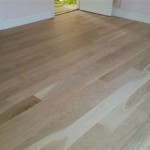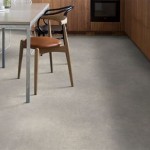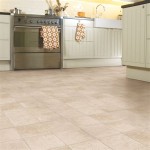Essential Aspects of Flooring Options: Concrete Slab
Concrete slabs are a versatile and durable flooring option suitable for various commercial and industrial applications. However, choosing and installing a concrete slab requires careful consideration of several essential aspects to ensure longevity, functionality, and aesthetic appeal.
Thickness and Compressive Strength
The thickness and compressive strength of a concrete slab determine its load-bearing capacity and durability. Commercial and industrial applications typically require slabs with a thickness of 4 to 6 inches, providing adequate support for heavy machinery and foot traffic.
Flatness and Levelness
A flat and level concrete slab is crucial for proper floor covering installation and operation of equipment. Tolerances for flatness and levelness vary depending on intended use, but generally, slabs should meet industry standards for floor flatness and levelness.
Joints and Cracks
Concrete slabs are prone to cracking due to temperature changes, shrinkage, and loading. To prevent uncontrolled cracking, expansion and contraction joints are installed to divide the slab into smaller panels, allowing for movement without compromising the structural integrity.
Surface Treatment
The surface treatment of a concrete slab affects its skid resistance, durability, and appearance. Finishes such as grinding, polishing, or troweling enhance the surface's smoothness and hardness, while adding textures or coatings provides anti-slip properties and resistance to wear and tear.
Underlayment and Moisture Control
Depending on the installation environment, a vapor barrier or underlayment may be necessary beneath the concrete slab to prevent moisture penetration from the ground. This layer helps maintain a dry interior and prevents damage to the concrete and floor coverings.
Preparation and Installation
Proper preparation and installation are essential for the longevity and performance of a concrete slab. The subgrade must be compacted and leveled, and the concrete mix should be designed to meet specific requirements for strength, workability, and durability.
Maintenance and Repair
Regular maintenance, such as sweeping and cleaning, prolongs the lifespan of a concrete slab. Periodic inspections allow for timely identification and repair of any cracks, chips, or other damage that may compromise its structural integrity or functionality.

The Pros And Cons Of Concrete Flooring

An In Depth Look At 30 Concrete Floor Designs Flooring Solutions

What Are The Best Flooring Options For A Concrete Substrate And Design

Best Flooring For Concrete Slabs 50floor

9 Types Of Concrete Floor Finishes For Your Home

Pros And Cons Of Polished Concrete Floors Craftsman

31 Concrete Flooring Ideas With Pros And Cons Digsdigs

Best Basement Flooring The Warmest Floor Covering Is Cork

Concrete Floors Pros Cons Of Flooring Network

An In Depth Look At 30 Concrete Floor Designs Flooring Solutions
Related Posts








